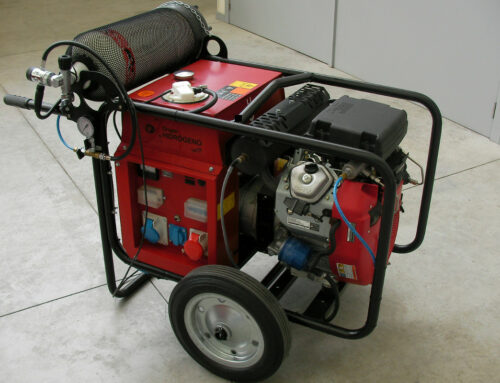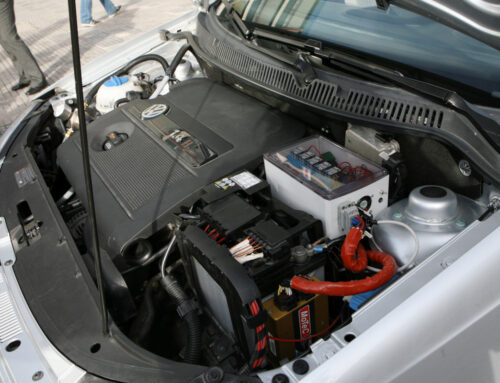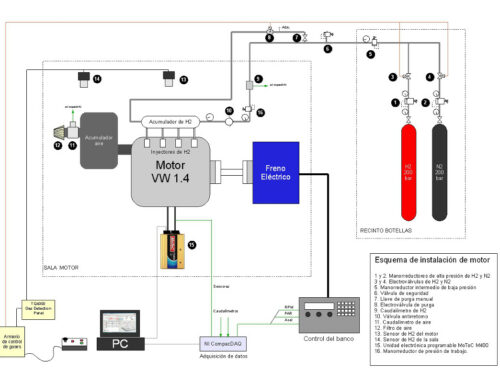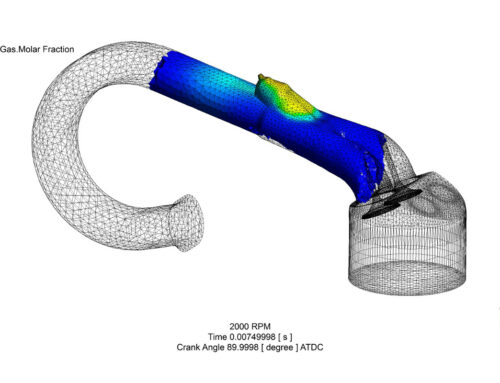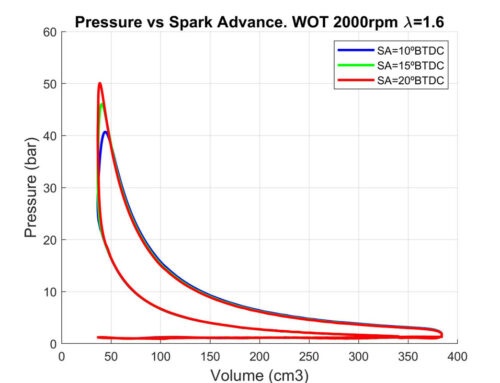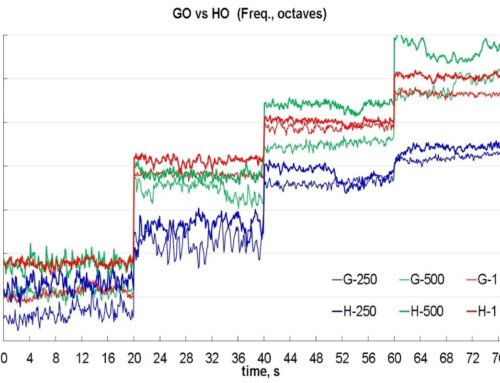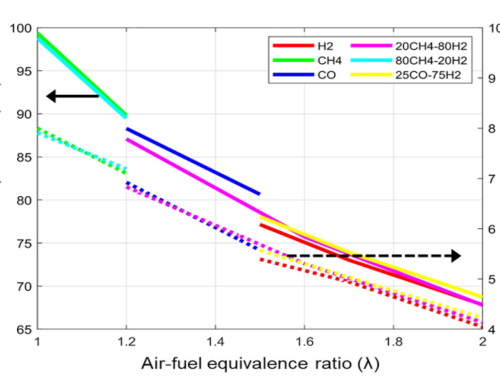International Journal of Hydrogen Energy 35 (2010) 1420-1429
Conversion of a commercial spark ignition engine to run on hydrogen: Performance comparison using hydrogen and gasoline
Abstract
The modifications performed to convert the spark ignition gasoline-fueled internal combustion engine of a Volkswagen Polo 1.4 to run with hydrogen are described. The car is representative of small vehicles widely used for both city and interurban traffic. Main changes included the inlet manifold, gas injectors, oil radiator and the electronic management unit. Injection and ignition advance timing maps were developed for lean mixtures with values of the air to hydrogen equivalence ratio () between 1.6 and 3.
The established engine control parameters allowed the safe operation of the hydrogen-fueled engine (H2ICE) free of knock, backfire and pre-ignition as well with reasonably low NOx emissions. The H2ICE reached best brake torque of 63 Nm at 3800 rpm and maximum brake power of 32 kW at 5000 rpm. In general, the brake thermal efficiency of the H2ICE is greater than that of gasoline-fueled engine except for the H2ICE working at very lean conditions (λ = 2.5) and high speeds (above 4000 rpm). A significant effect of the spark advance on the NOx emissions has been found, specially for relatively rich mixtures (λ < 2). Small changes of spark advance with respect to the optimum value for maximum brake torque give rise to an increase of pollutant emissions. It has been estimated that the hydrogen-fueled Volkswagen Polo could reach a maximum speed of 140 km/h with the adapted engine. Moreover, there is enough reserve of power for the vehicle moving on typical urban routes and routes with slopes up to 10%.


